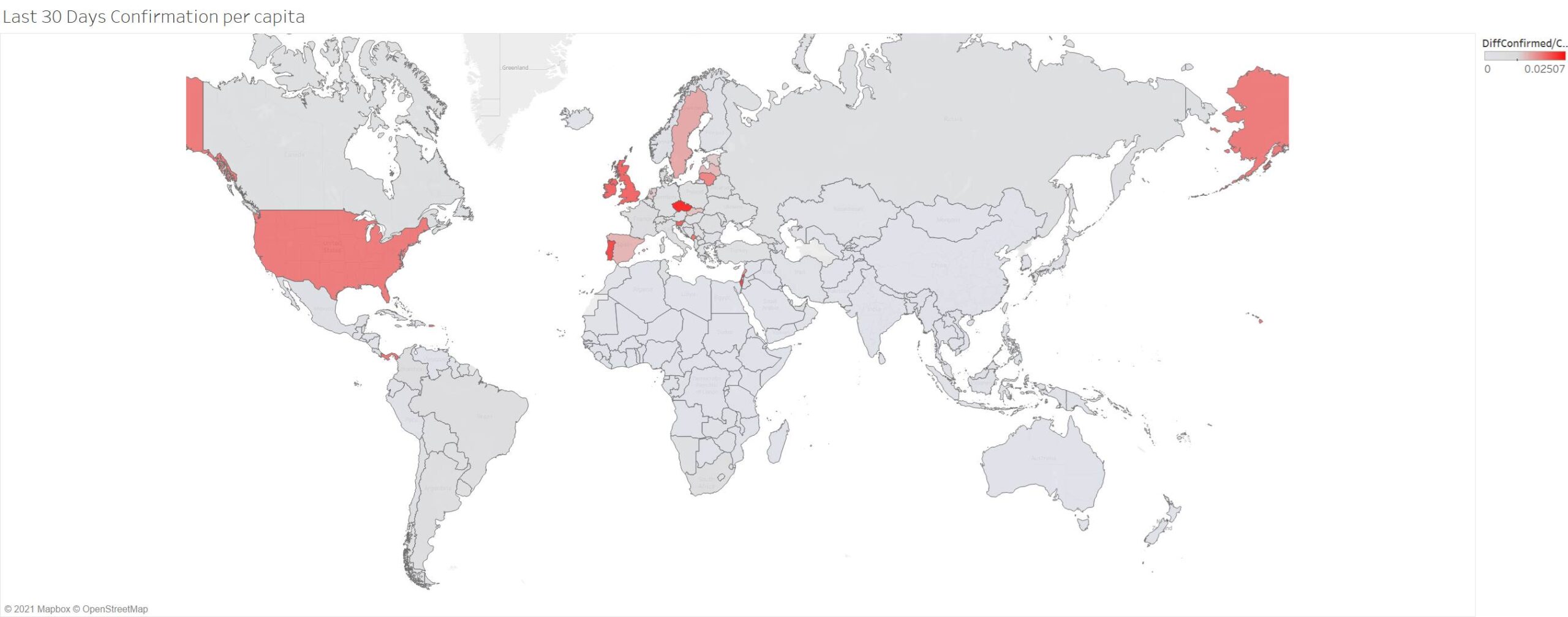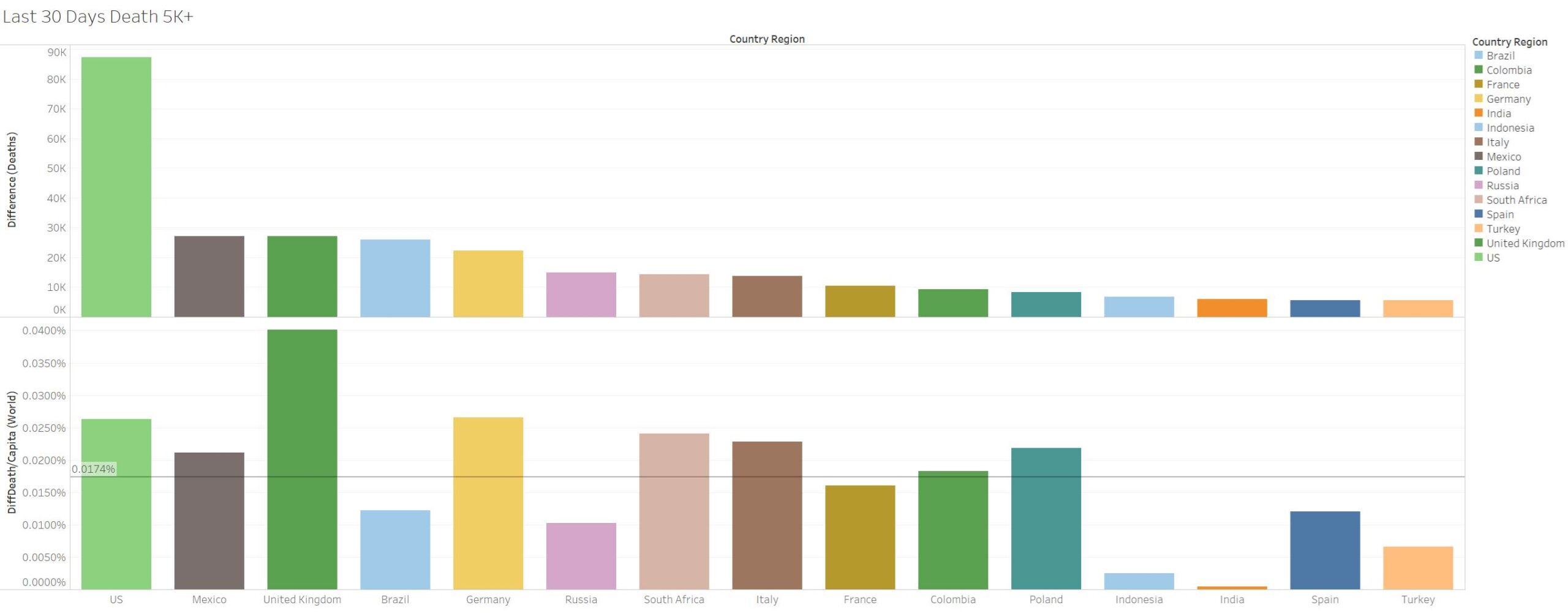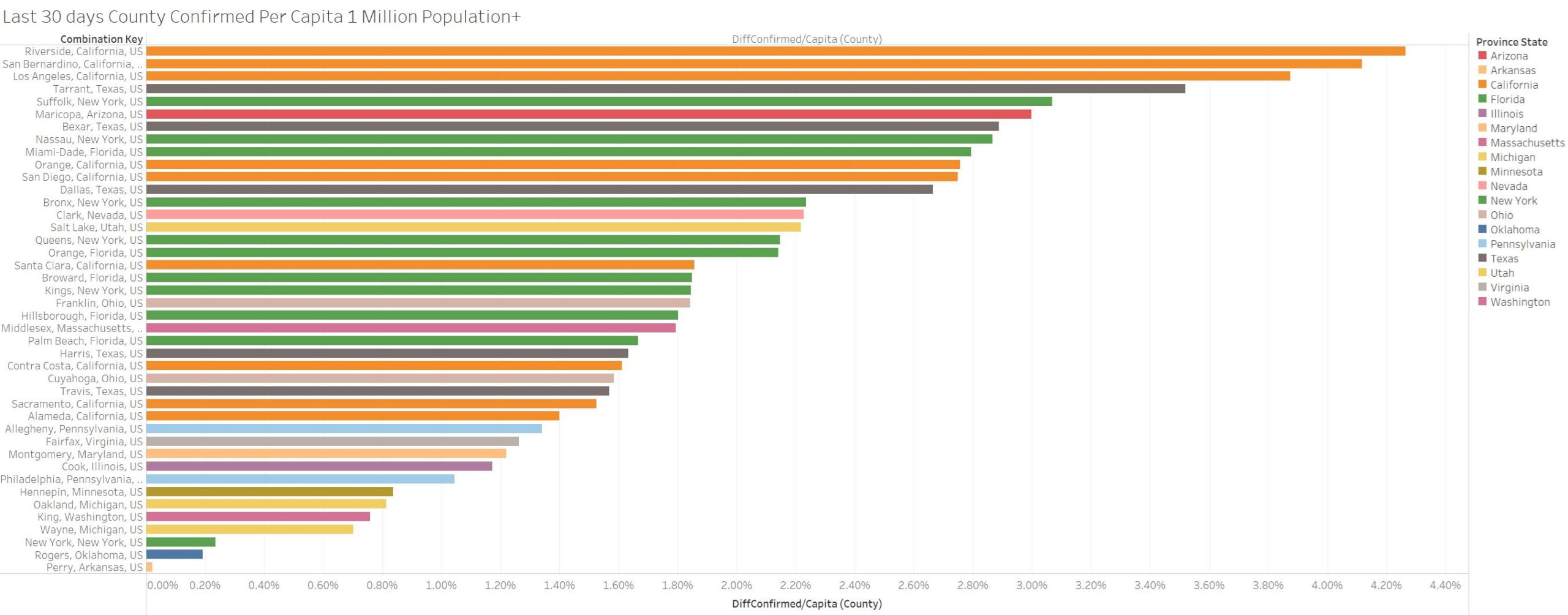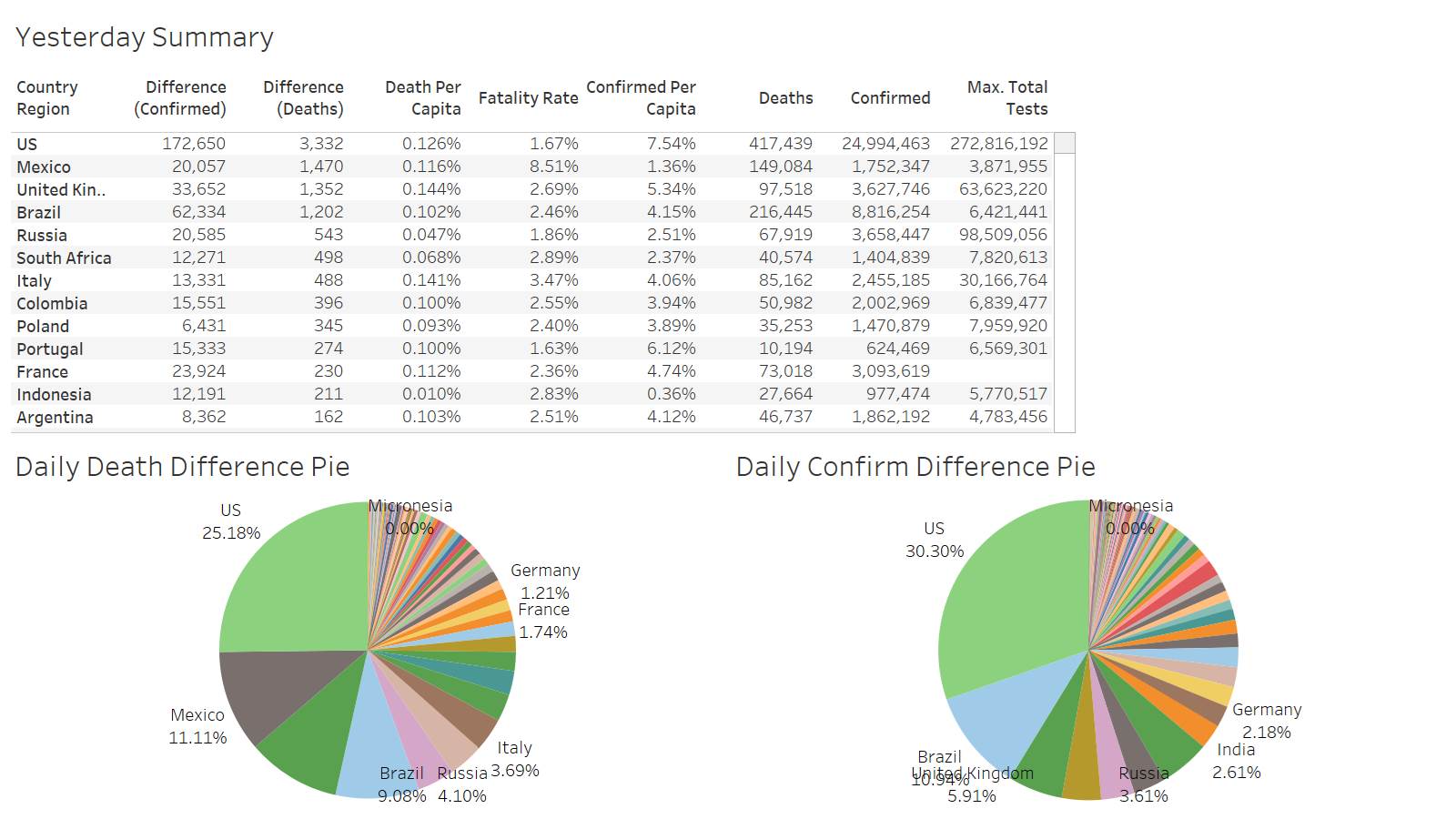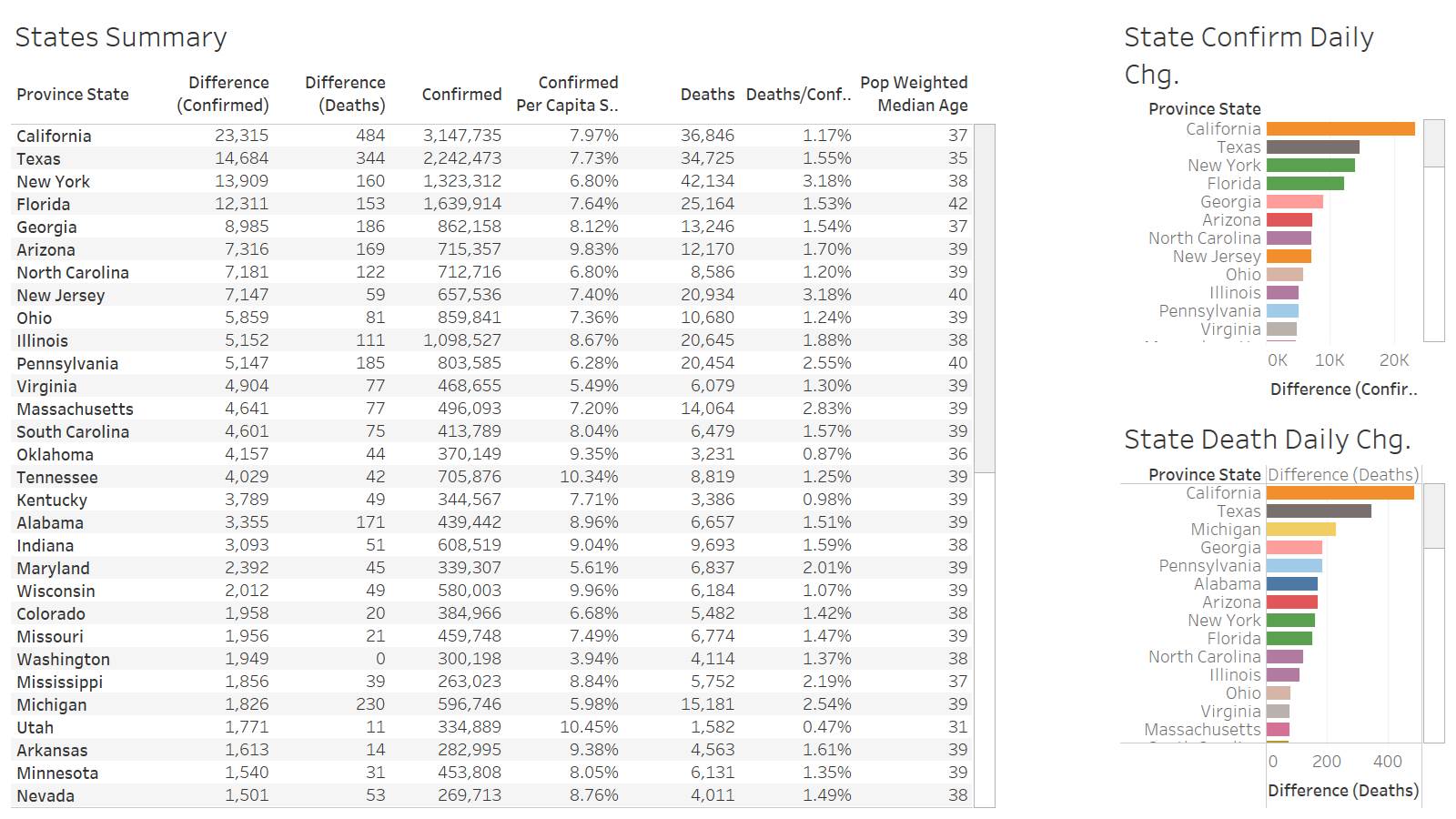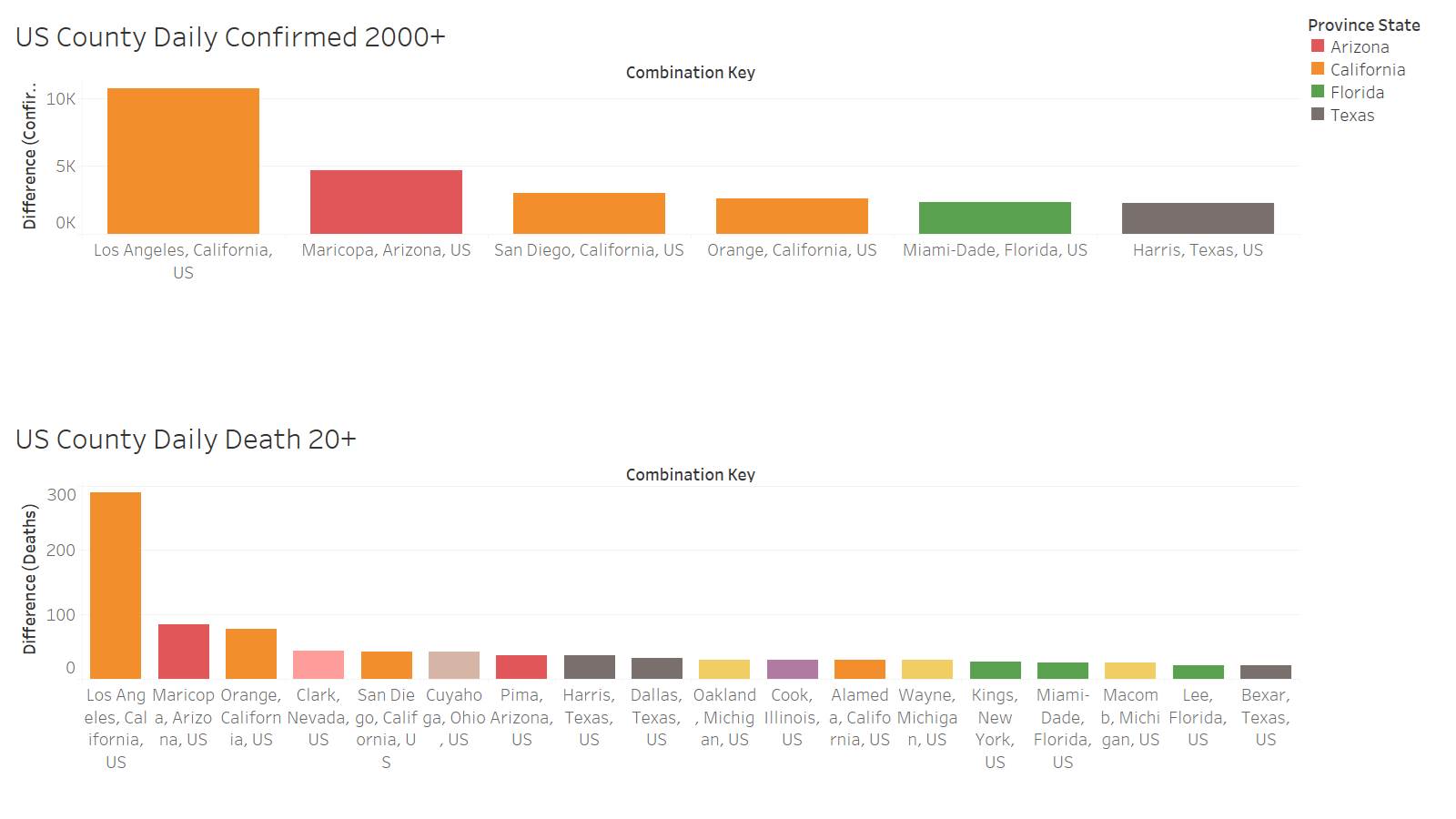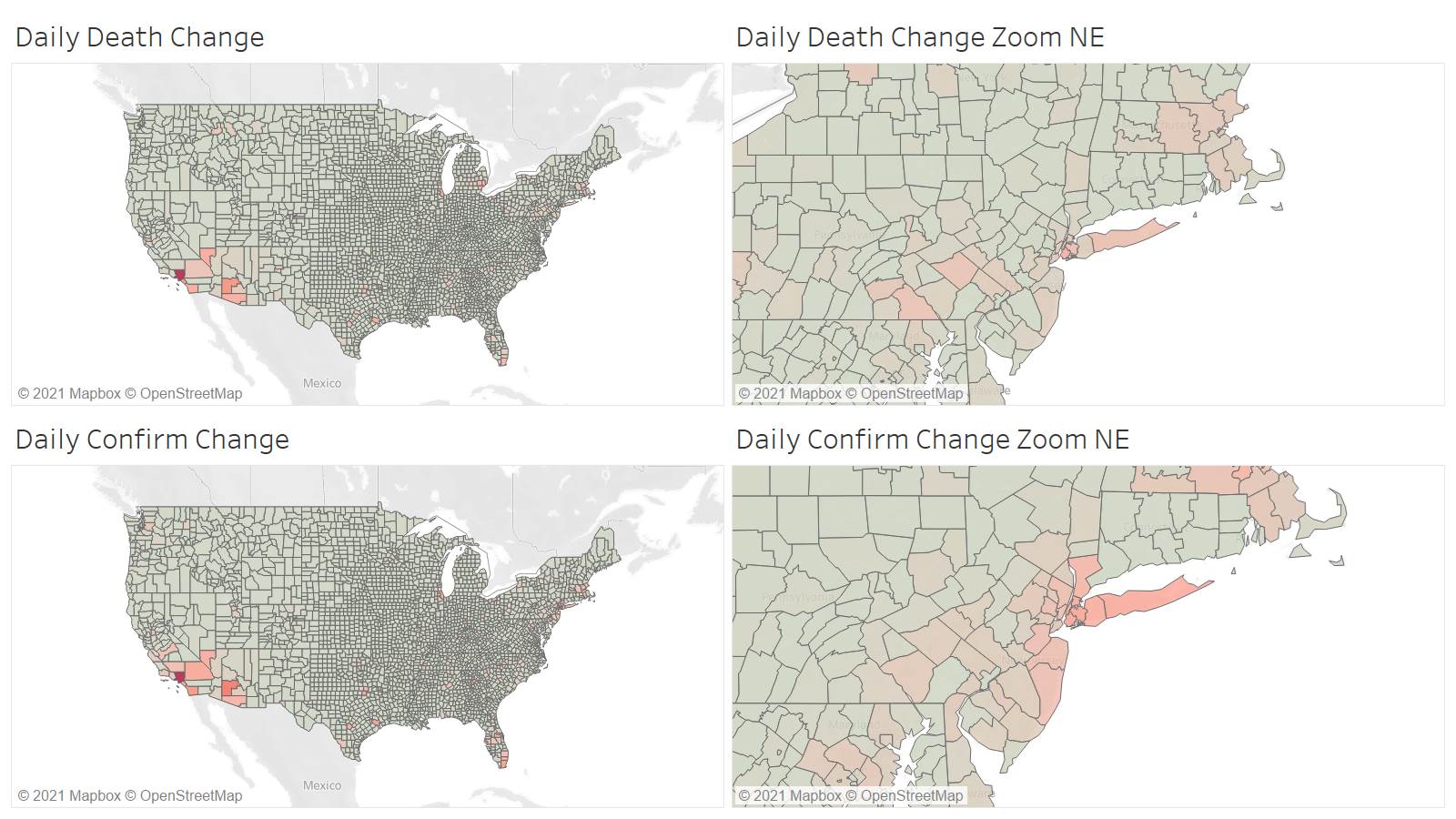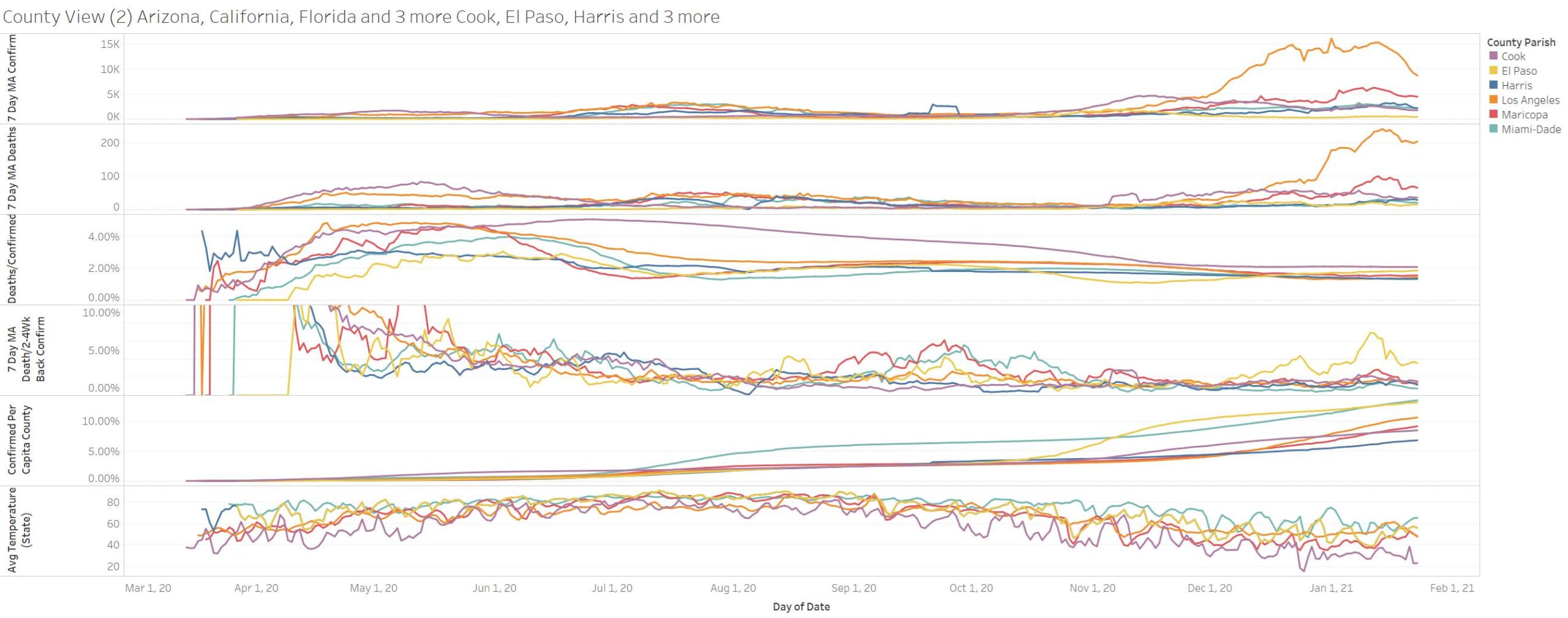Covid19mathblog.com
As noted very early – May 28 2020 https://covid19mathblog.com/2020/05/covid-5-28-20/– the data suggested what this article is now discussing – this is endemic. What is sad this article focus on highlighting medicine to save us vs. letting us save ourselves by having a healthier lifestyle – https://api.nationalgeographic.com/distribution/public/amp/science/2021/01/covid-19-will-likely-be-with-us-forever-heres-how-well-live-with-it
“the likeliest long-term outcome is that the virus SARS-CoV-2 becomes endemic in large swaths of the world, constantly circulating among the human population but causing fewer cases of severe disease. Eventually—years or even decades in the future—COVID-19 could transition into a mild childhood illness, like the four endemic human coronaviruses that contribute to the common cold.”
““People have got to realize, this is not going to go away,” says Roy Anderson, an infectious disease epidemiologist at Imperial College London. “We’re going to be able to manage it because of modern medicine and vaccines, but it’s not something that will just vanish out of the window.””
“A 2013 study in BMC Infectious Diseases shows that on average, humans are first exposed to all four of these coronaviruses between the ages of three and five—part of the first wave of infections that young children experience.
These initial infections lay the foundation for the body’s future immune response. As new variants of the endemic coronaviruses naturally evolve, the immune system has a head start in fighting them off—not enough to eradicate the virus instantly, but enough to ensure that symptoms don’t progress much beyond the sniffles.
“The virus is also its own enemy. Every time it infects you, it tops up your immunity,” says Marc Veldhoen, an immunologist at Portugal’s University of Lisbon.”
“Past studies make clear that partial immunity can keep people from getting seriously ill, even as coronaviruses successfully enter their systems. Long-term, the same is likely to be true for the new coronavirus. Emory University postdoctoral fellow Jennie Lavine modeled SARS-CoV-2’s post-pandemic trajectory based on the 2013 study’s data, and her results—published in Science on January 12—suggest that if SARS-CoV-2 behaves like other coronaviruses, it will likely morph into a mild nuisance years to decades from now.
This transition from pandemic to minor ailment, however, depends on how the immune response to SARS-CoV-2 holds up over time. Researchers are actively examining the body’s “immunological memory” to the virus. A study published in Science on January 6 tracked the immune response of 188 COVID-19 patients for five to eight months post-infection, and while individuals varied, about 95 percent of patients had measurable levels of immunity.
“Immunity is waning, but certainly not gone, and I think this is key,” says Lavine, who wasn’t involved with the study.”
“Current vaccines should still work well enough against emerging variants, such as the B.1.1.7 lineage first found in the United Kingdom, to prevent many cases of serious illness. Vaccines and natural infections create diverse swarms of antibodies that glom onto many different parts of SARS-CoV-2’s spike protein, which means that a single mutation can’t make the virus invisible to the human immune system.”
“Other labs have found that mutations in 501Y.V2, the variant first found in South Africa, are especially effective at helping the virus elude antibodies. Out of 44 recovered COVID-19 patients in South Africa, blood extracts from 21 of the patients didn’t effectively neutralize the 501Y.V2 variant, according to another preprint published on January 19. Those 21 people had mild to moderate cases of COVID-19, however, so their antibody levels were lower to begin with, perhaps explaining why their blood did not neutralize the 501Y.V2 variant.”
“Experts agree that transitioning beyond a pandemic depends on the prevalence of immunity, especially among older and more vulnerable populations. Younger people, especially children, will build up immunity to SARS-CoV-2 over a lifetime of exposure to the virus. Today’s adults have had no such luxury, leaving their immune systems naive and exposed.
The exact threshold for achieving population-wide immunity that slows down the virus’s spread will depend on how contagious future variants become. But so far, research of early variants of SARS-CoV-2 suggest at least 60 to 70 percent of the human population will need to become immune to end the pandemic phase.”
Lets do some review of stats
Perhaps this is due to more testing but very interesting to see Asia not even showing up
Last 30 days death – though the US leads – on a per capita basis UK is higher
Regionally US does not fare too bad when calculated on per capita. The super star is South and Central Asia- whereas the worse region is Central and Southern Europe.
US county death per capita last 30 days – NY counties actually lead. LA does show up even though the large population base in 14th.
On a confirmation basis LA and surrounding areas lead for the last 30 days
High deaths for a weekend 3.3K in US
CA leads again
LA county leads by a long shot to other counties
LA is out there on the map
However for LA it is much better than last few weeks. Magically the 7 day confirmation has 7k/day since Jan 13th! Death hasn’t fallen as dramatically but should start following.
